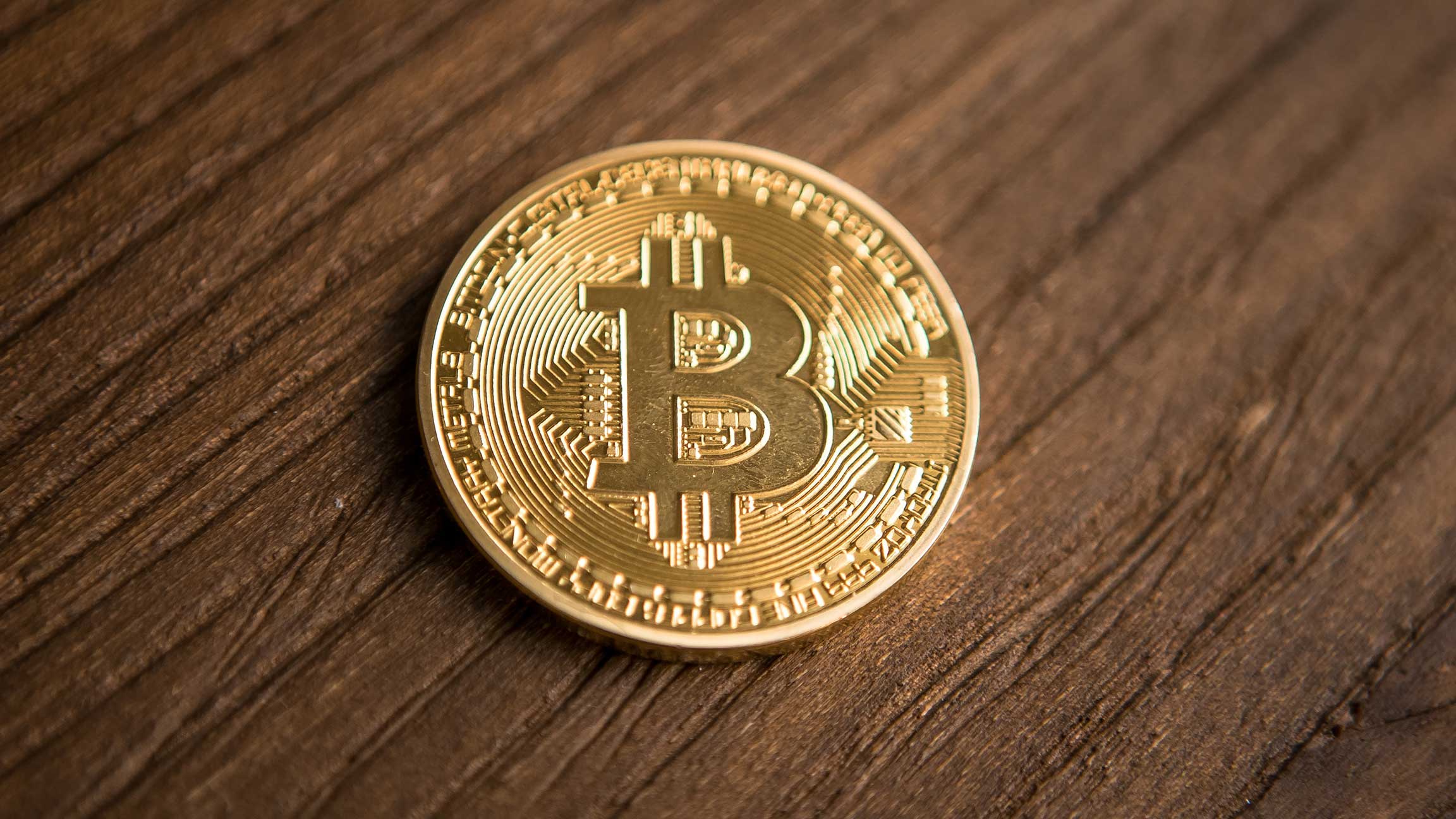Understanding NFTs- The Art and Future of Digital Assets
Non-Fungible Tokens, or NFTs, have emerged as a revolutionary force in the digital economy, reshaping the way we think about ownership, art, and value in the virtual world. Unlike traditional cryptocurrencies like Bitcoin or Ethereum, which are fungible meaning each coin is identical and interchangeable, NFTs are unique digital assets that cannot be replicated or exchanged on a one-to-one basis. This uniqueness is what makes them non-fungible. Each NFT is backed by blockchain technology, a decentralized ledger that ensures transparency, security, and verifiable ownership. The concept of NFTs is transforming various industries, most notably art, music, gaming, and entertainment. In the world of art, NFTs have opened up new avenues for artists to showcase and sell their work directly to a global audience without intermediaries like galleries or auction houses. By minting their artwork as NFTs, artists can ensure that their creations are unique and traceable on the blockchain, preventing unauthorized duplication. This has led to an explosion in digital art, with artists experimenting with different forms of media, such as 3D renderings, GIFs, and even virtual reality experiences. One of the most prominent cases highlighting the potential of NFTs in art was the sale of Beeple’s Everydays: The First 5000 Days, a digital collage that sold for $69 million at Christie’s auction house in 2021.

This sale not only brought widespread attention to NFTs but also raised questions about the value of digital art. How can something that exists only in a digital format be worth millions of dollars? The answer lies in the scarcity, provenance, and demand created by the blockchain. By owning an NFT, a buyer is not just acquiring a digital file but also the verifiable proof that they own the original, which is traceable and unchangeable on the blockchain. NFTs have also had a significant impact on other industries. Cryptocurrency news says musicians have begun using NFTs to sell exclusive tracks or albums, offering fans the opportunity to own limited editions of their favorite songs. In gaming, NFTs allow players to buy, sell, and trade in-game assets, such as weapons, characters, or virtual land, with real-world value. This integration of NFTs into virtual economies has the potential to blur the lines between digital and physical worlds, creating new opportunities for creators and consumers alike.
However, despite their rapid rise, NFTs are not without controversy. Critics argue that the environmental impact of blockchain technology, particularly in proof-of-work systems, is significant, with massive energy consumption required to mint and verify NFTs. Additionally, the speculative nature of the NFT market has led to concerns about bubbles and market manipulation, where the value of certain digital assets may be artificially inflated. Looking ahead, the future of NFTs seems promising as more industries explore their potential. As technology evolves and more environmentally sustainable blockchain solutions are developed, the adoption of NFTs could become even more widespread. Whether as a medium for artists, a tool for creators in other industries, or a new way to conceptualize digital ownership, NFTs are poised to play a central role in the ongoing transformation of the digital landscape. They represent not only a new form of art but also a fundamental shift in how we perceive value and ownership in the digital age.
